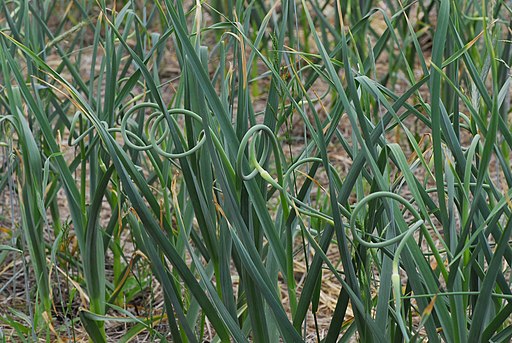I filled my sink with water and submerged all three pounds of lettuce, rinsing the dirt from the leaves. I removed all the cores and loosely tore up the leaves and shook as much water as I could from them.
 |
| Look how fresh and crisp that is! |
Portion family-serving sizes of the lettuce and lay it in the middle of a thin cotton towel (a tea towel).
 |
| Didn't even make a dent in the bowl |
Fold the towel over each side, swaddling the tender leaves.
Roll each towel up gently, to absorb the water and keep the lettuce fresh.
When ready to serve, simply unroll the towel into the bowl...
And fluff the greens... VOILA!
What I really like about this method of preserving my lettuce is that it is waste free. I used to wash lettuce and stick it in individual plastic bags with a few paper towels. But by using cloth towels, I can use them over and over. I've been trying more and more to minimize the plastic in our lives and re-using items instead.
Mama Daily Green used to do something like this in the "pre-salad spinner" days -- can you even imagine a day when salad spinners didn't exist? She sewed towels into bags to dry the lettuce. Of course that was after we walked uphill 10 miles each way in the snow to pick the lettuce.
Besides the lettuce, we also received:
- Strawberries -- oh they are so good and disappeared so quickly.
- Chard -- another favorite way to use chard is as filling for fatayer, a Lebanese spinach pie. Sitto (my husband's grandmother always used Swiss chard instead of spinach).
- Cucumber -- first one of the season and it went deliciously into one of the many salads we've been enjoying
- Zucchini -- Noodleless Zucchini Lasagna. While it was delicious, even after salting and squeezing the moisture out of my sliced zucchini "noodles", it was still very soupy. I'm open to suggestions to recreate the recipe with less moisture.
- Shell peas -- washed and snacked on.












